Walking through any modern pet store feels like entering a baby boutique. Cat strollers, designer outfits, birthday party supplies, and gourmet treats line the shelves. Meanwhile, social media feeds burst with proud pet parents celebrating milestones and dressing up their feline companions. This phenomenon has exploded across households worldwide, raising a fascinating question about where we draw the line between loving our cats and projecting human needs onto them.
The trend has reached remarkable heights in recent years. The global pet care market reached approximately $233 billion USD in 2023. Pet humanisation, the trend of treating pets as family members or even children and applying human dietary and lifestyle trends to our furry companions, is rising in Asia-Pacific, especially in China, where over half of “pet parents” (55%) consider their feline and canine companions as their children. So let’s dive into this captivating world where cats have become our four-legged babies.
The Science Behind Treating Cats Like Children
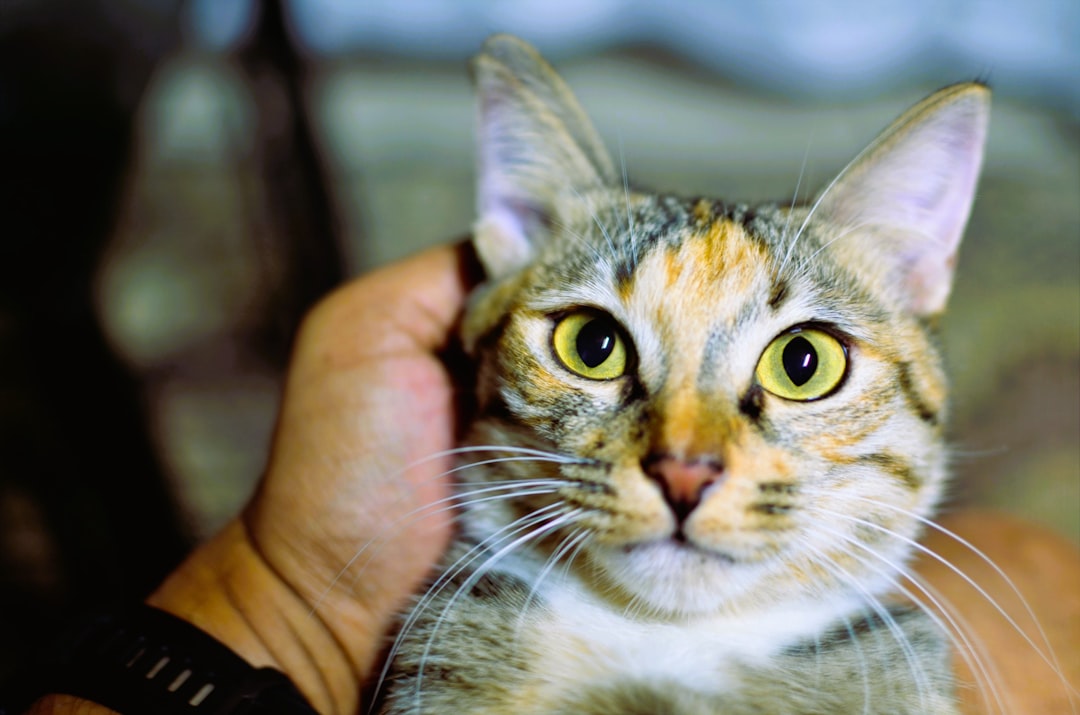
There’s actually fascinating biological programming at work when we baby our cats. Researchers further suggest that cat meows are similar to the cries of a human baby and that human preferences in cat vocalizations may have played a role in this similarity. This isn’t just coincidence.
Humans have adapted to respond to baby faces that may have transcended to our cats. It makes sense for a parent to react to their baby’s needs and emotions since it ensures their genes are passed on to the next generation. Essentially, cats have evolved to trigger our parental instincts.
Studies indicate that people use baby talk with their cats. This tendency, termed “pet-directed speech,” has been found to capture the attention of dogs and horses, and is also thought to capture the attention of kitties given their demonstrated ability to pick up on human cues.
The Emotional Connection Between Cats and Humans
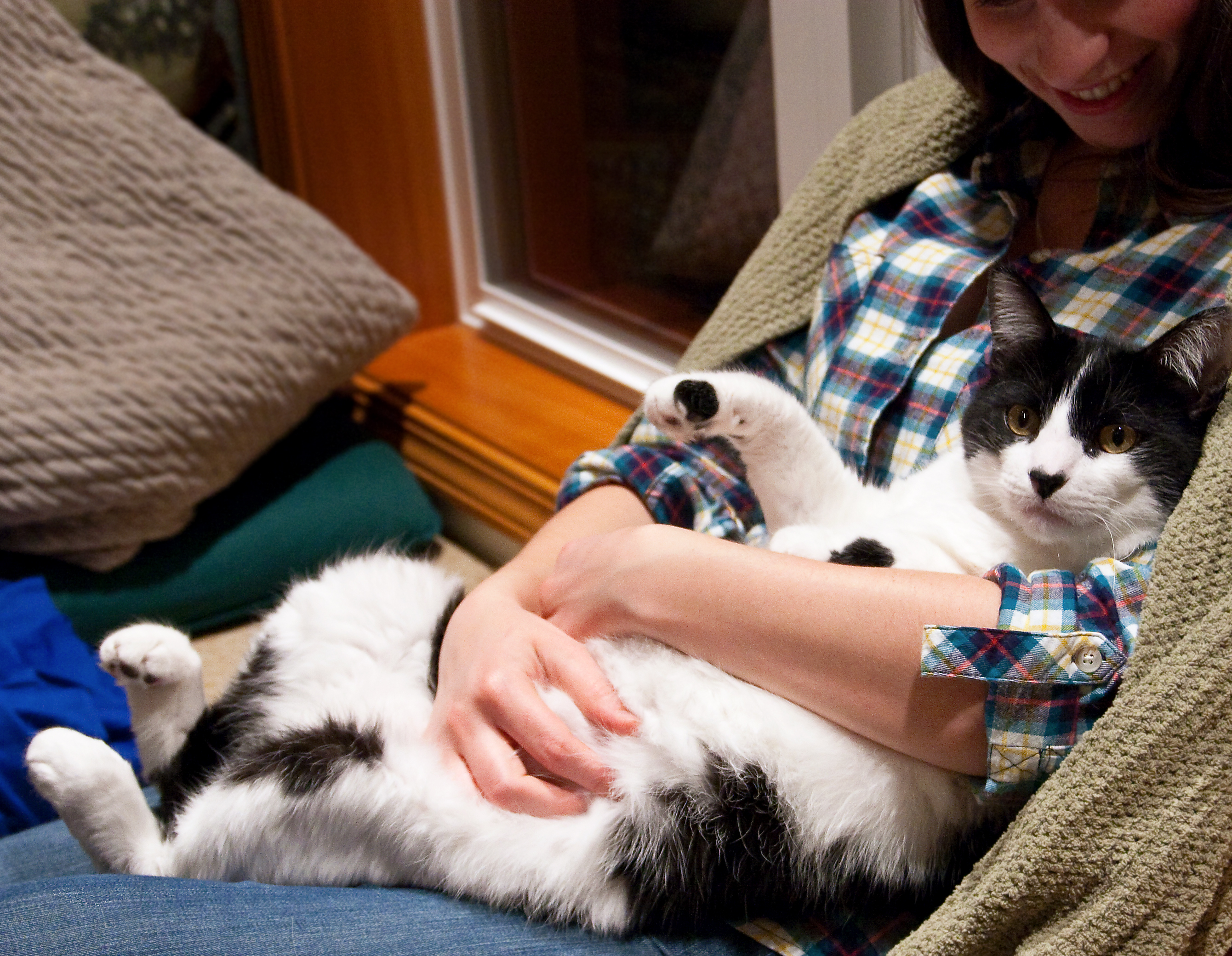
The bond between cats and their owners mirrors parent-child relationships more than we might expect. Recent studies indicate that despite their aloof reputation, cats are often attached to their owners, using their owners as a secure base for exploration. In addition, humans report being strongly attached to their cats, on average self-reporting an attachment score of 9.3 out of 10.
Scientists have discovered that a cat’s attachment style – categorized as secure, anxious, or avoidant – is linked to how they behave around their owners, how likely they are to exhibit problem behaviors, and even fluctuations in their levels of oxytocin, a hormone often associated with social bonding.
The results show there are links between the personality of cat owners and the behavior of their cats. The results of this study showed that when cat owners score highly on neuroticism, they also report poorer outcomes for their cats. This suggests our emotional states directly impact our feline companions.
The Booming Pet Industry and Economic Impact
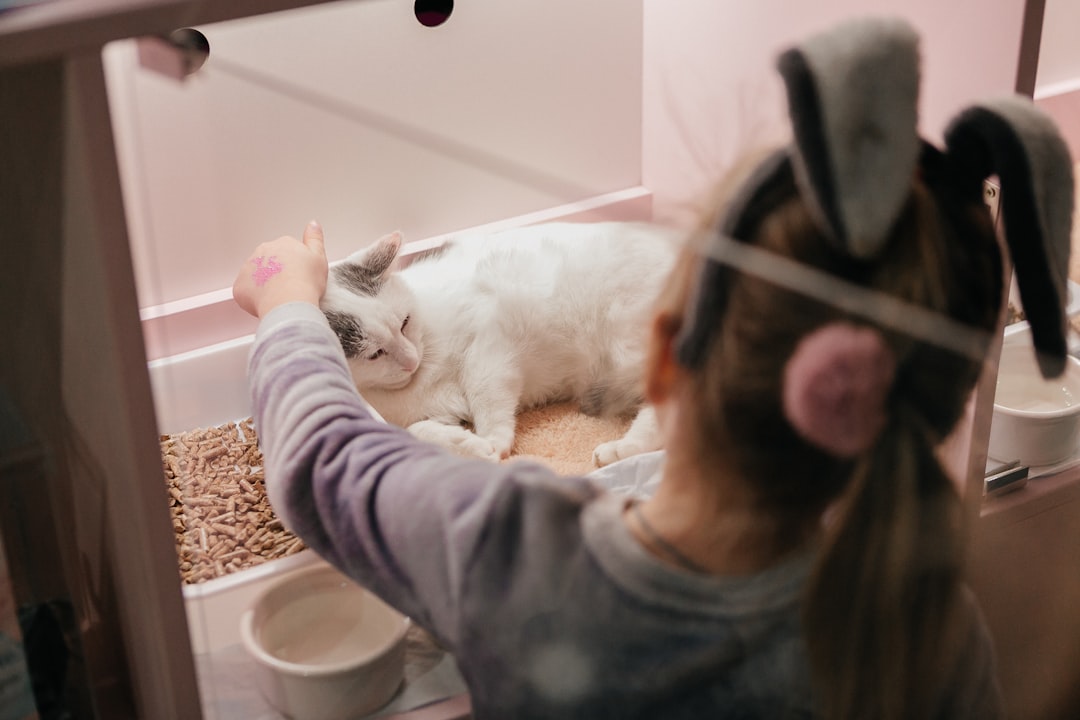
The APPA estimates that Americans spent over $150.6 billion 2 on their pets in 2024. This staggering figure reflects how deeply integrated pets have become in our families. The U.S. pet food industry reached approximately $42.5-50.5 billion USD in 2023 and is projected to grow to $59.9 billion USD by 2032.
The growth of pet insurance is considered a component of pet humanization, as it reflects the growing trend of treating pets as members of the family by financially supporting access to health care services similar to that of humans. By the end of 2023, 6.04 million pets were insured in the United States, a 22.8% increase over the previous year.
44% of dog owners and 32% of cat owners now purchase gifts for their pets’ birthdays. Many pet owners throw holiday or birthday parties for their pets, complete with treats, decorations, and even guests. These statistics show that treating pets like children has become mainstream behavior.
Health Benefits of the Human-Cat Bond
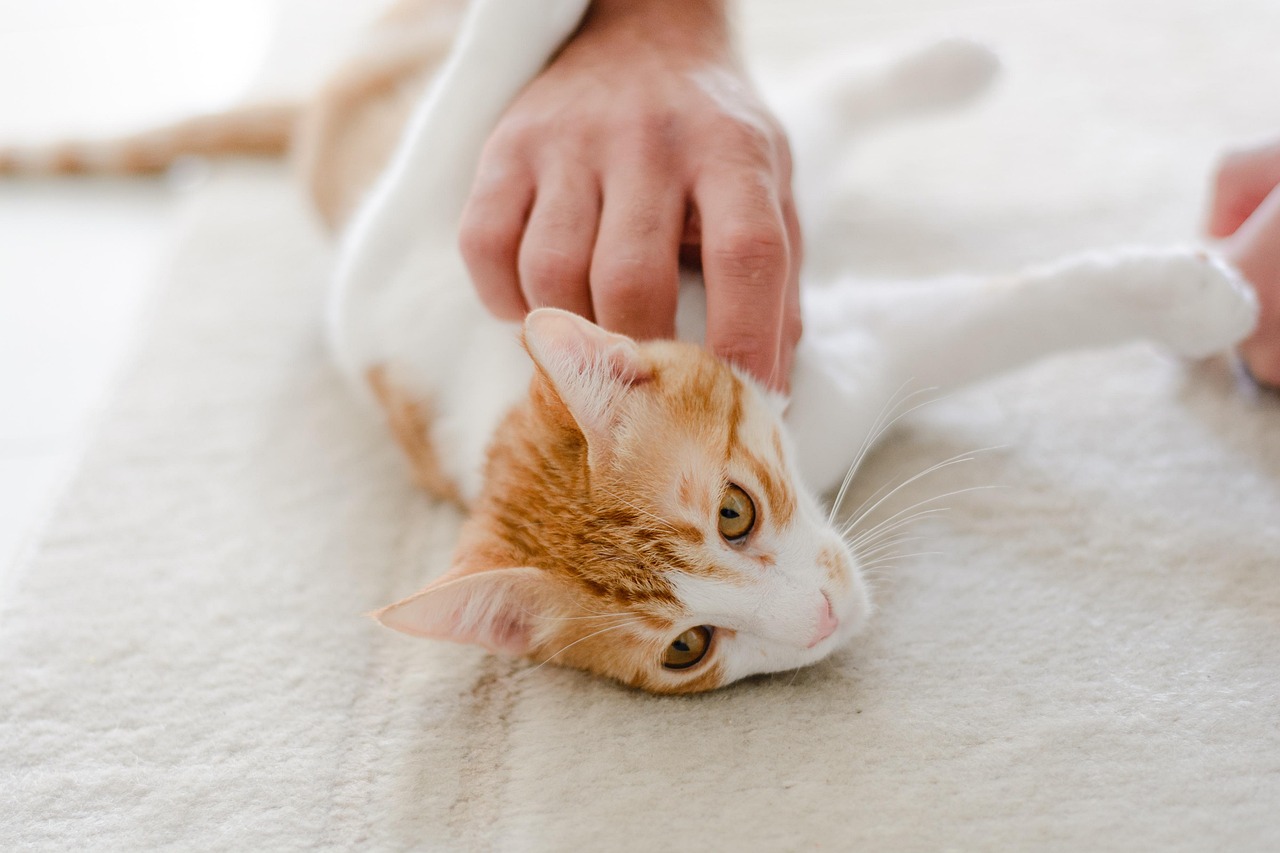
The humanization of pets isn’t just changing consumer behavior – it’s also impacting mental health. Scientific research has consistently shown that interactions with pets: Reduce stress and anxiety, Provide emotional support and companionship, Help combat loneliness, especially for remote workers and seniors. These benefits cannot be ignored.
Living with a pet is related to a host of socioemotional health benefits for children, yet few studies have examined the mechanisms that drive the relations between pet ownership and positive socioemotional outcomes. The current study examined one of the ways that pets may change the environment through which children learn and whether childhood pet ownership might promote empathy and prosocial behavior through parent-child conversations about emotions and mental states in the presence of a pet dog.
Recent research has shown that cats are more socially intelligent than previously thought. They can understand human emotions and cues, and even recognize their owners’ voices. This intelligence creates opportunities for deeper bonding.
The Dark Side of Cat Humanization
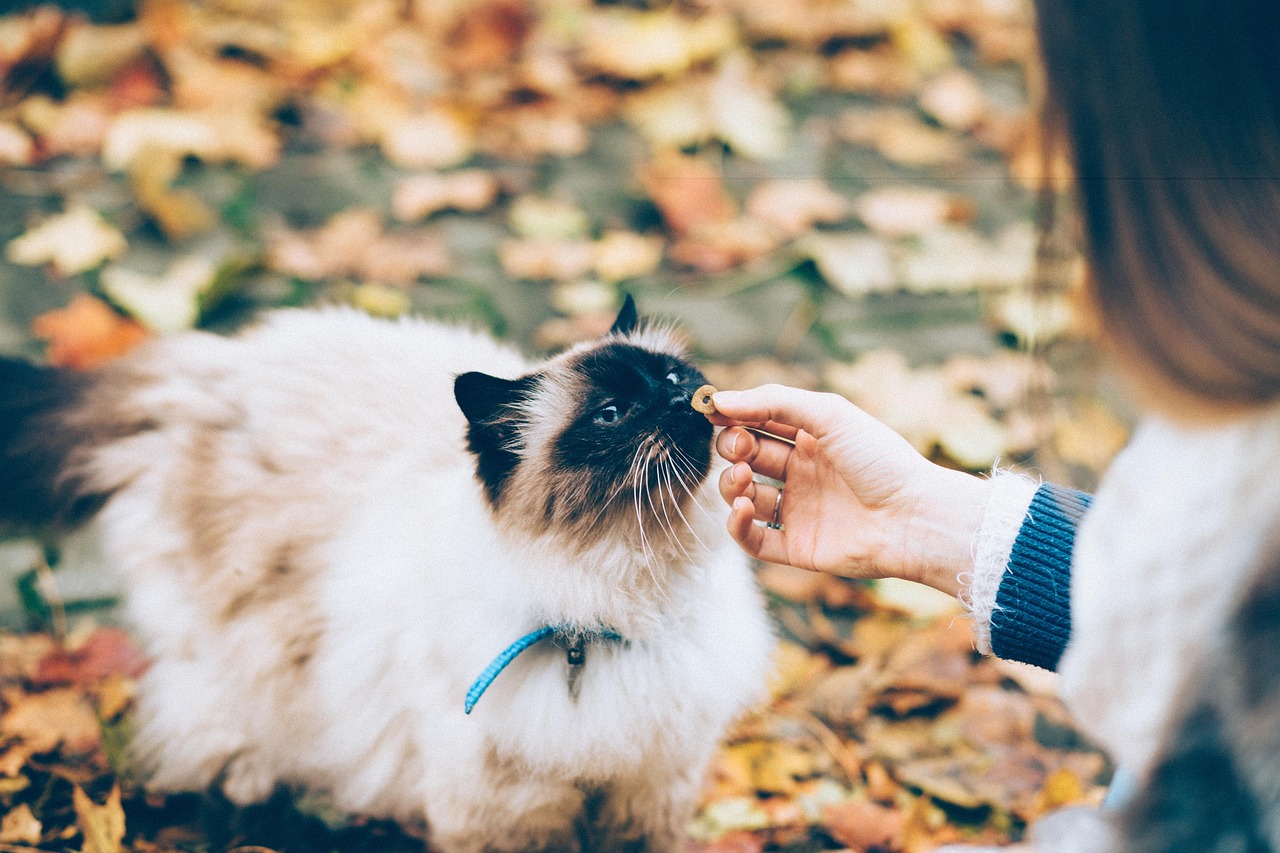
However, this trend has concerning downsides that many pet parents overlook. The continued humanization of pets may actually prove detrimental to their health and wellness. The problem lies in our tendency to project human needs onto animals with vastly different biological requirements.
A good example is the increasing problem of obesity in companion animals. More often than before owners currently believe that pets are entitled to receive extra treats throughout the day. This is partly the cause of the current high percentage of dogs and cats suffering from obesity (20-40%).
Take bacon, for example: a tasty treat for humans, but loaded with fat that can cause pancreatitis in dogs, a painful and potentially life-threatening condition. Similarly, foods rich in fat or protein can cause obesity, kidney disease and other imbalances. Our good intentions can literally harm our cats.
When Pet Humanization Goes Too Far
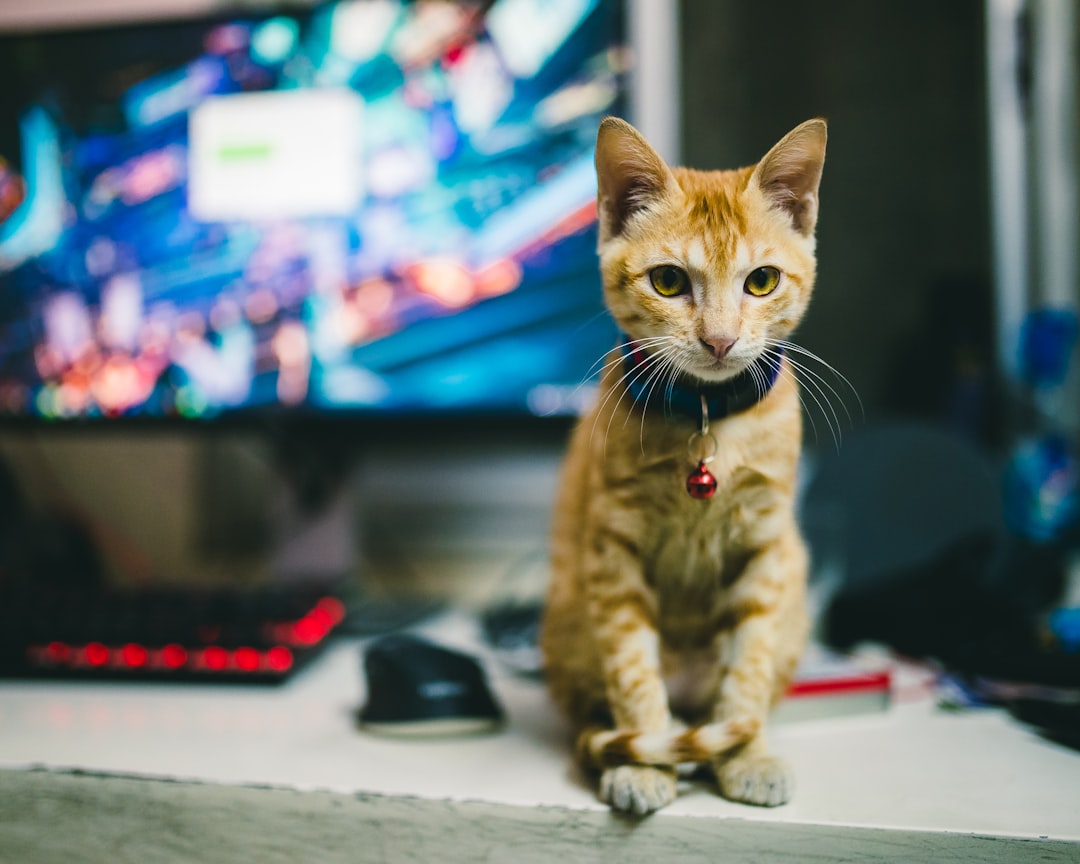
For some people in my age group, pets, namely dogs and cats, have become all but a replacement for human children. This pet humanization, or as some might call it, “pet worship,” is a disturbing trend in our society, and one I believe should be looked at to find out why it is happening.
The sad thing is those who are deep into humanizing their pets are likely to hold a higher opinion of animals than human beings. People who feel almost obsessed with their pets are doing nothing but stifling their own ability to communicate and foster relationships with other human beings. This creates concerning social isolation.
Studies show that today 14% (UK) to 45% (Netherlands) of pet owners let their dogs sleep in their beds. For cats, this varies between 45% (France and UK) to 60% (USA). In doing so, owners do not realize that, apart from large amounts of sand and dirt, their beloved companions could pass on a lot of diseases, such as Cat Scratch Disease and Lyme disease, which is transmitted by ticks.
The Psychology Behind Cat-as-Child Behavior
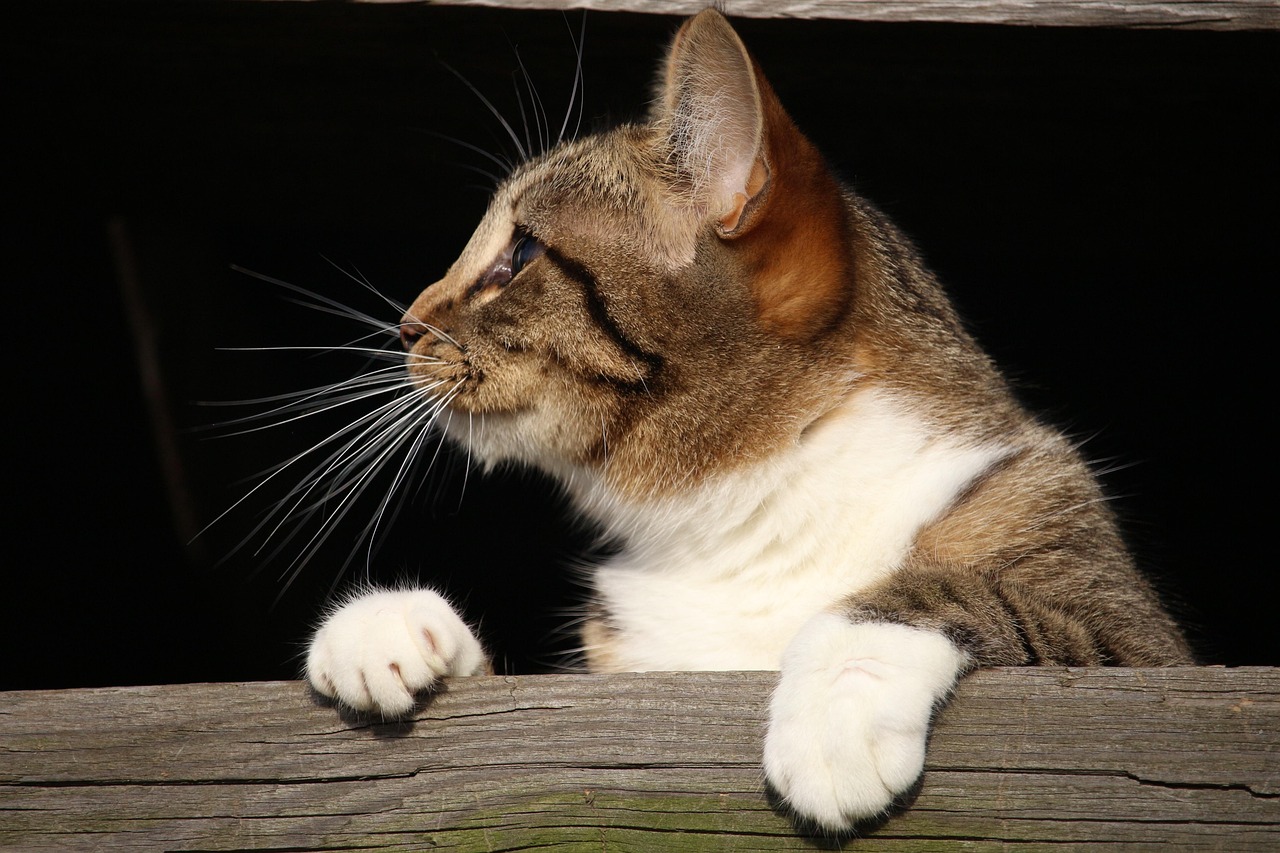
The anthropomorphization of cats is thought to be motivated by the need for a social connection and has in fact found to be greater among those who are lonelier. Anthropomorphization may elevate our relationships with cats or other pets to (or beyond) the level of our relationships with other humans. This reveals something profound about modern human loneliness.
While for millennials – which in major pet care markets like the US, UK and China constitute a significant or even the largest proportion of pet owners1 pets serve to practice parenthood or even substitute it, older generations find solace in pets, coping with the empty nest syndrome left by their grown children2.
Cats may be the animal most likely to fill the role of fur baby as pets replace children. These marketing claims may continue to grow in importance as more people worldwide choose pet ownership over childrearing.
Developmental Differences Between Cats and Children

Research on the effect of pets on the psychological well-being of children has produced mixed results. A new study revealed that, with a few exceptions, kids with pets do not fare better than those without pets. This challenges common assumptions about pet benefits.
If you have a young child, you may notice comparable behaviors in your kitty because they are on par emotionally. One study found that felines possess the six primary emotions, making their emotional maturity roughly that of a young child. This similarity contributes to our parenting impulses toward cats.
Linear regression analysis with adjusting for covariates showed that dog ownership had a positive effect on mental well-being compared to no dog ownership, however, cat ownership had a negative effect compared to no cat ownership. Two-factor mixed-design analysis of variance showed that dog ownership predicted maintained mental well-being, while cat ownership predicted progressing decline of mental well-being. Thus, dog and cat ownership may have different effects on adolescents’ mental well-being, implying that the underlying mechanisms that are activated by these types of ownership may differ.
Finding the Right Balance in Cat Care
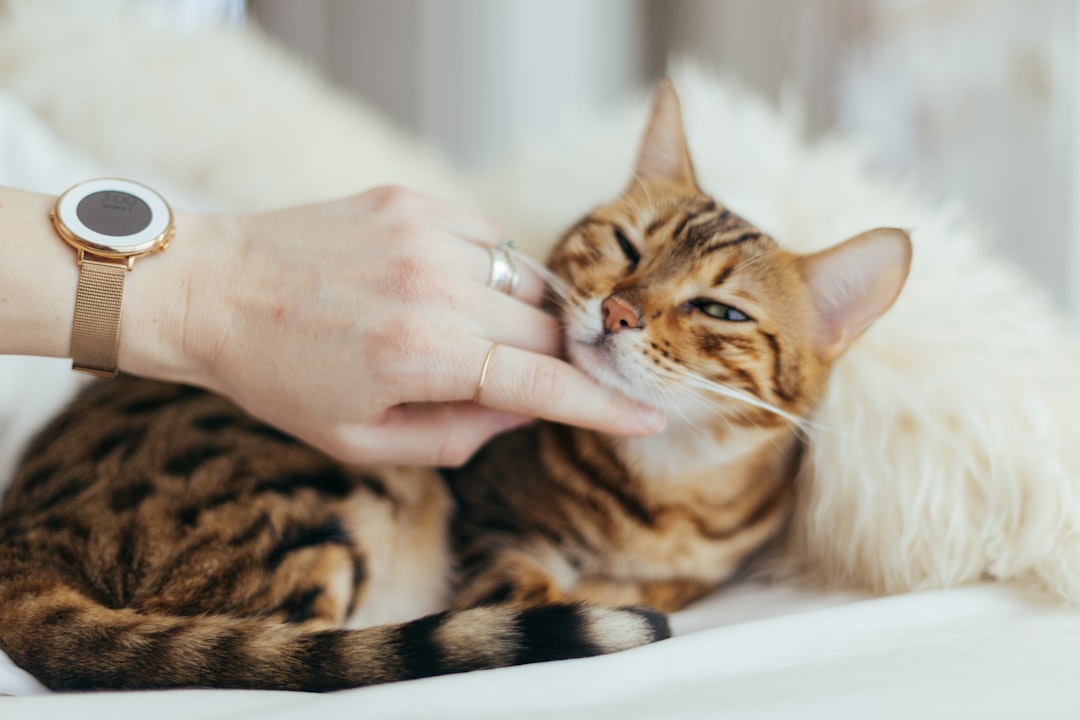
The risk exists of falling into the anthropomorphism trap or viewing our pets as little people. We mustn’t lose sight of the fact that they are animals with different physiologies and dietary needs. This is evident in what we can eat and our pets can’t, such as chocolate, onions, and garlic.
To make humanization mutually beneficial, we should: Respect pets’ natural behaviors and instincts while finding ways to share meaningful experiences that enrich both their lives and ours. Choose products and services that cater to pets’ real needs – health, enrichment and comfort – while still allowing for moments of indulgence that strengthen the human-pet bond.
To prevent unwanted infections being passed on, it is important to keep pets healthy, with normal behaviour between man and animal. This is called responsible pet ownership. Balance becomes the key to healthy relationships.
Conclusion: Love Them as Cats, Not Humans
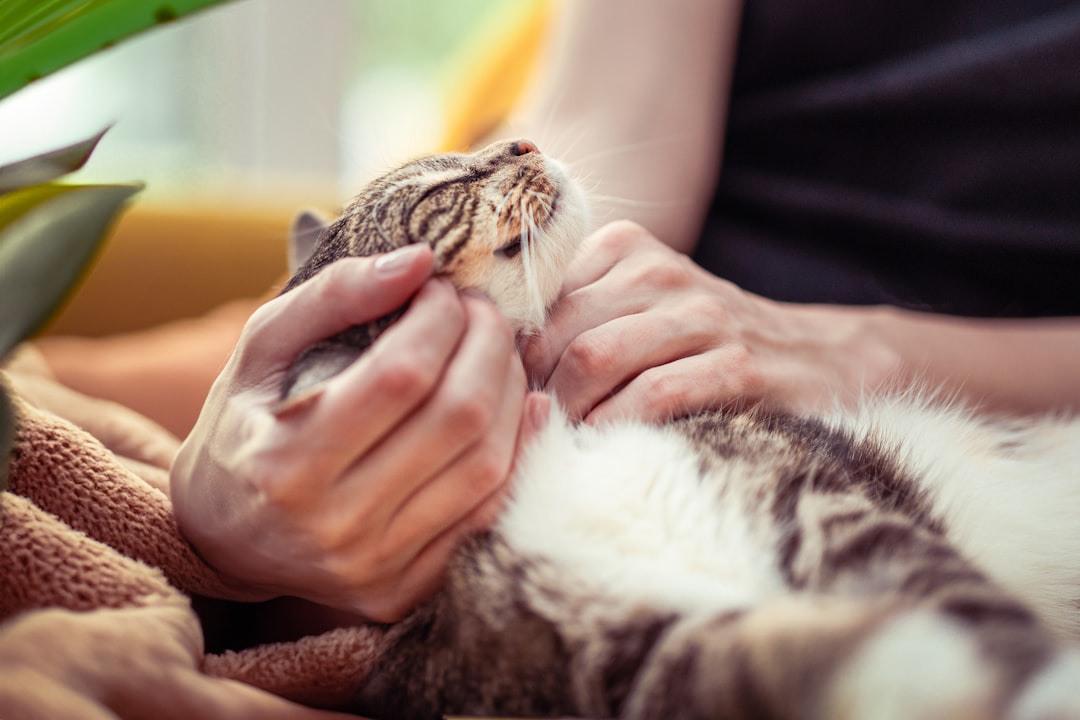
The relationship between humans and cats has reached unprecedented intimacy in modern society. While our instinct to nurture and protect these creatures stems from genuine evolutionary programming and brings real emotional benefits, we must resist the urge to completely humanize our feline companions.
The evidence reveals both beautiful and concerning truths. Yes, cats can form deep attachments and provide significant emotional support. Yet treating them exactly like human children can compromise their health, our social relationships, and our understanding of their true nature as remarkable animals.
The healthiest approach lies somewhere in the middle. We can celebrate their birthdays, provide excellent healthcare, and shower them with appropriate love while respecting their unique needs as cats. They deserve our best care, but they also deserve to remain authentically feline.
What do you think about it? Have you found yourself treating your cat like a child, and where do you draw the line? Tell us in the comments.





